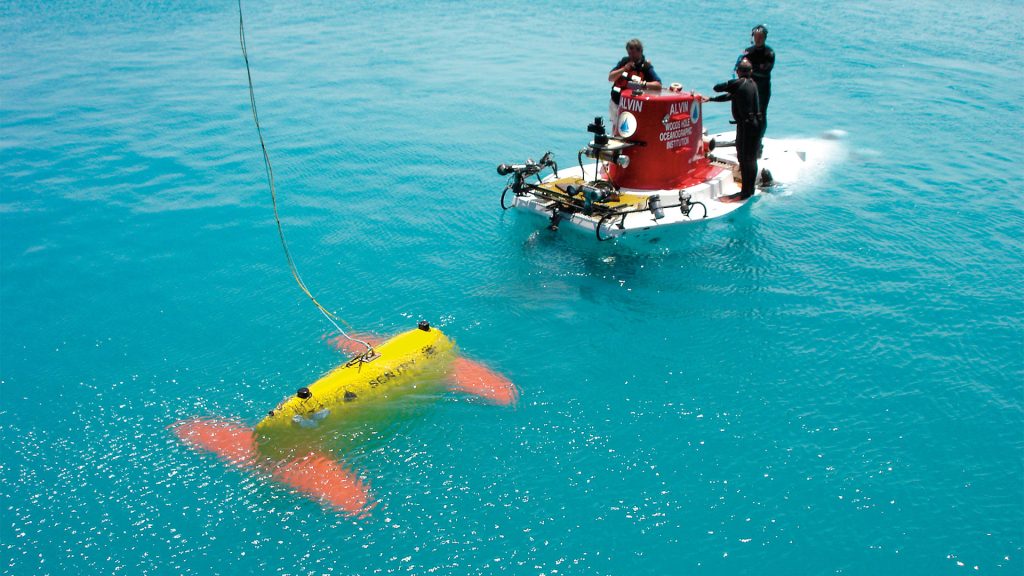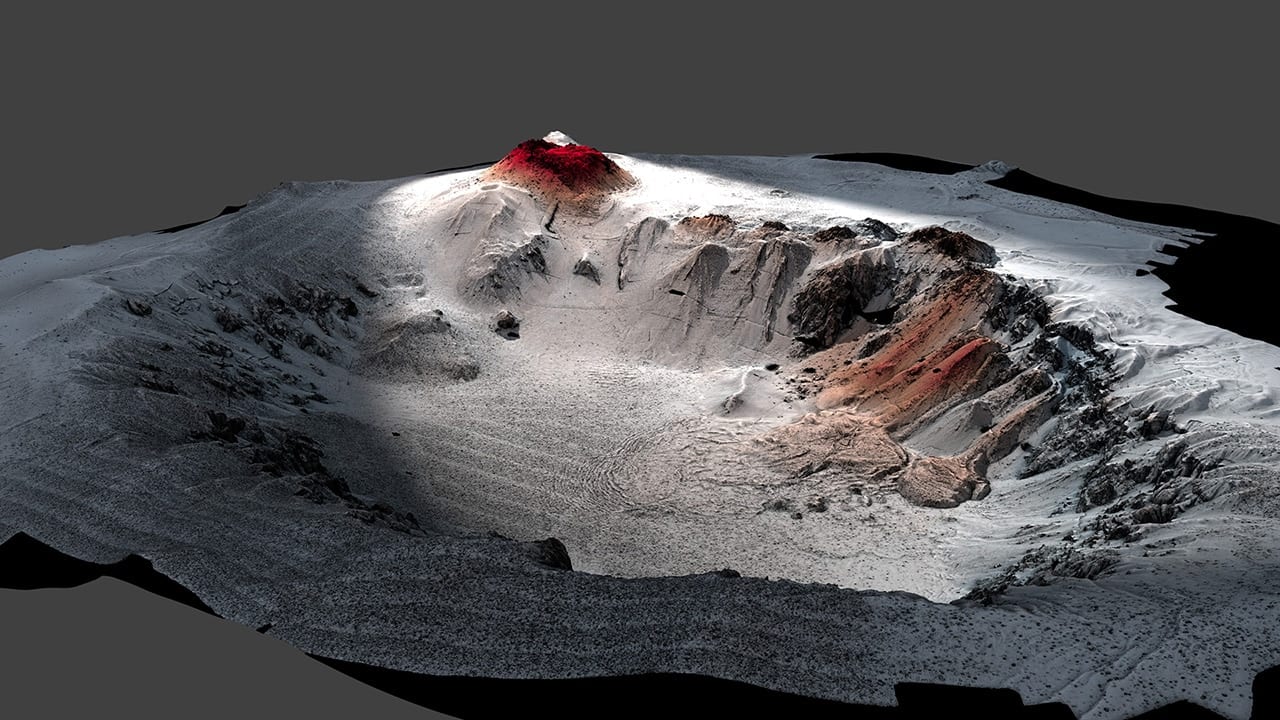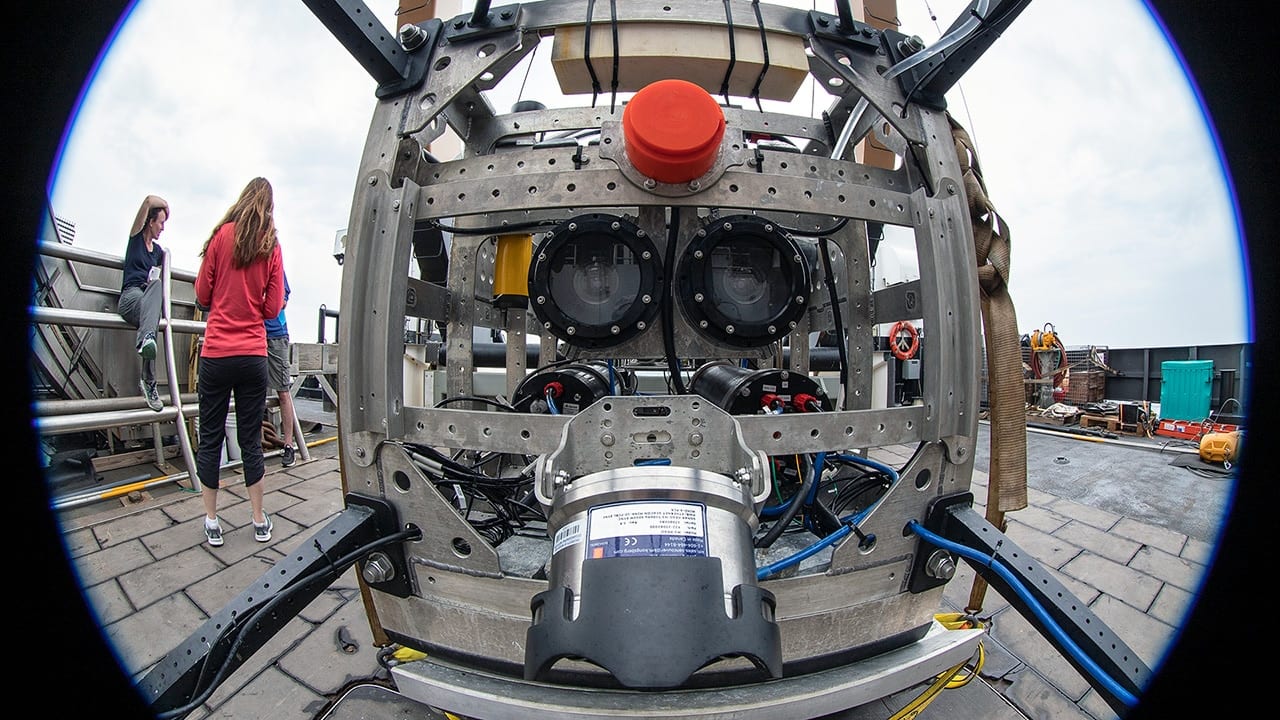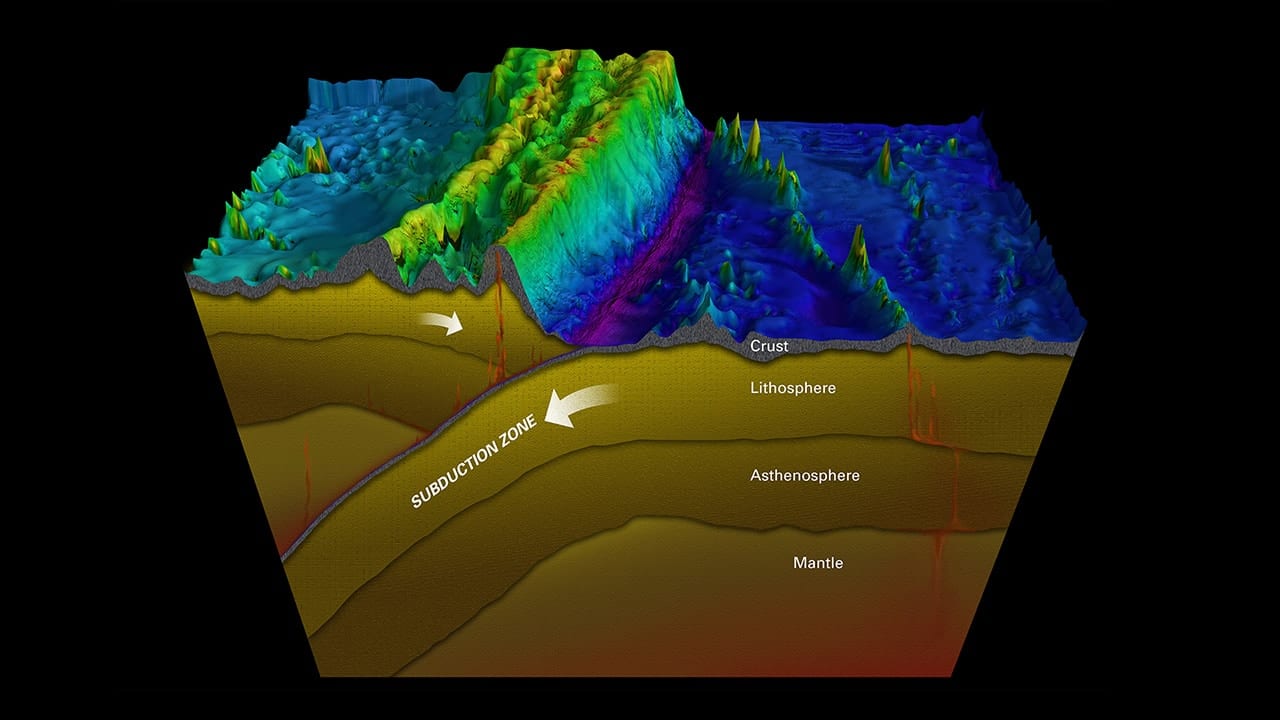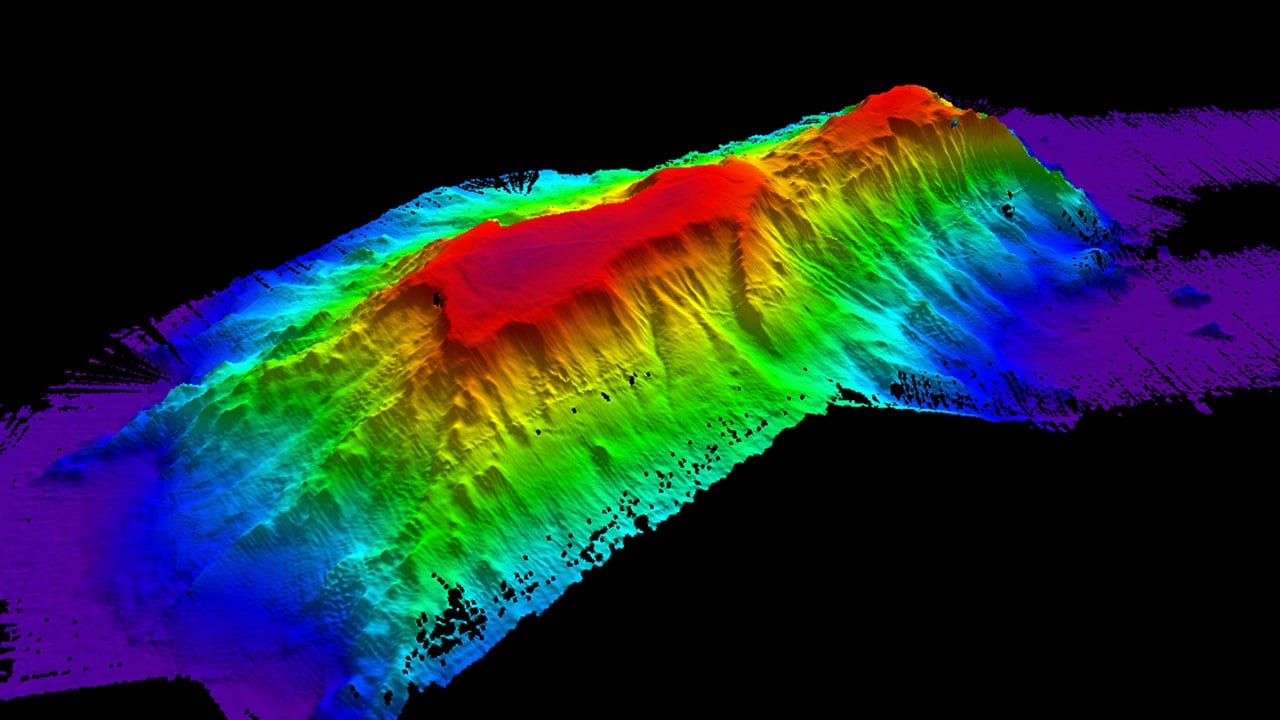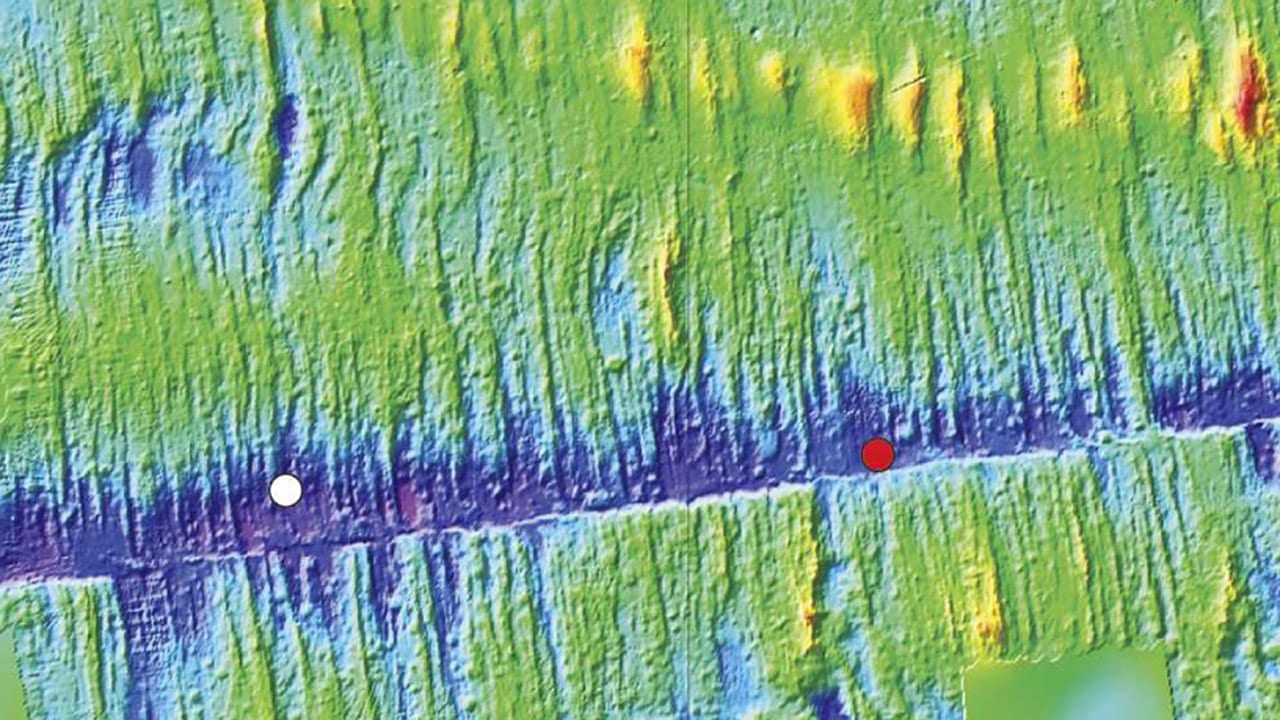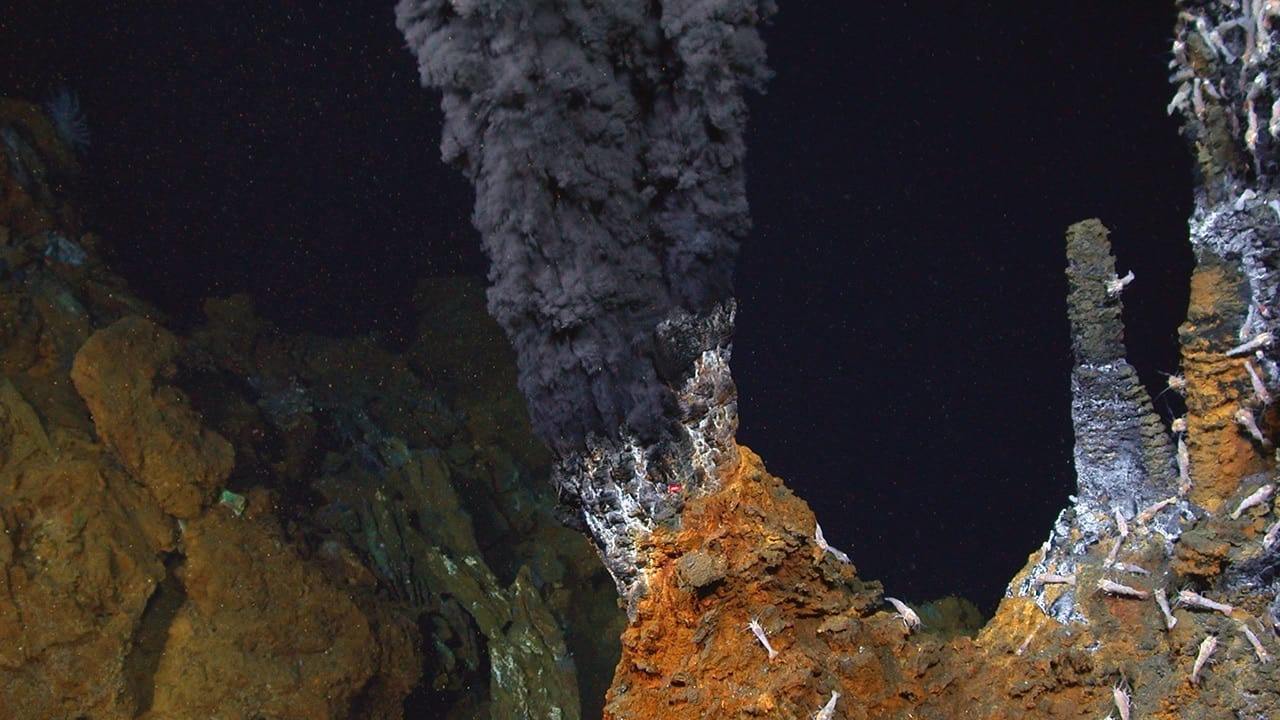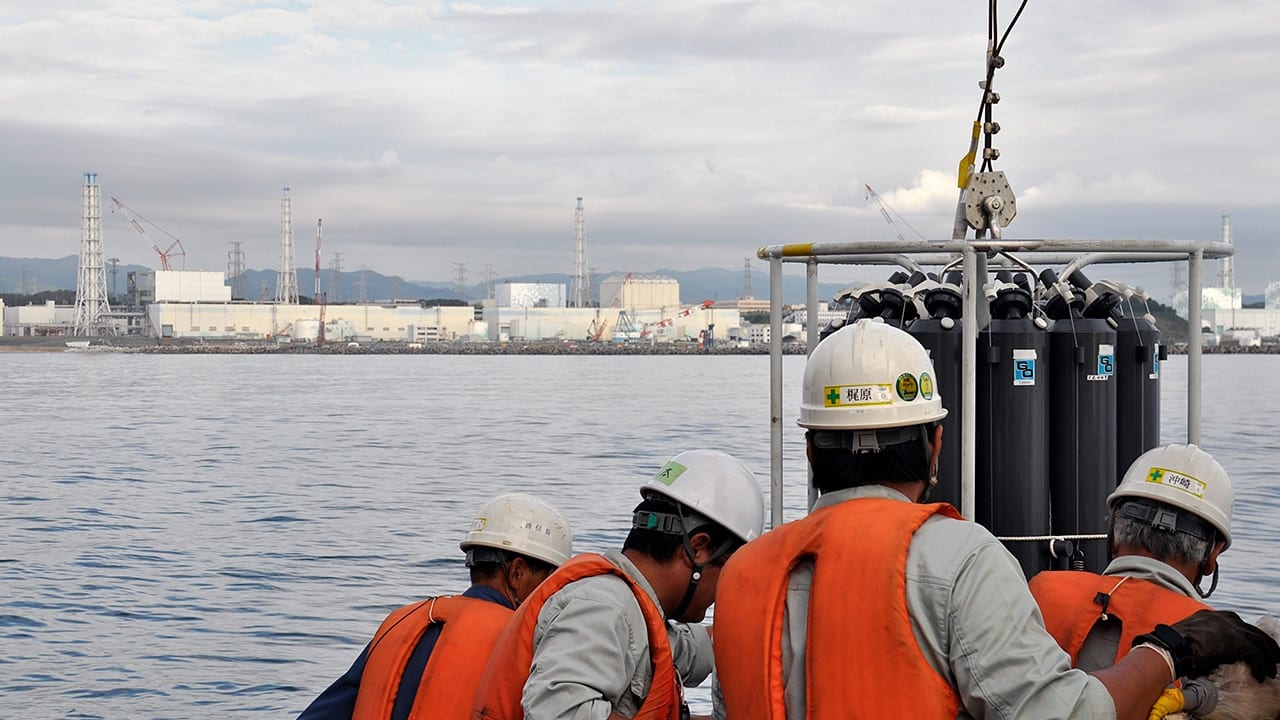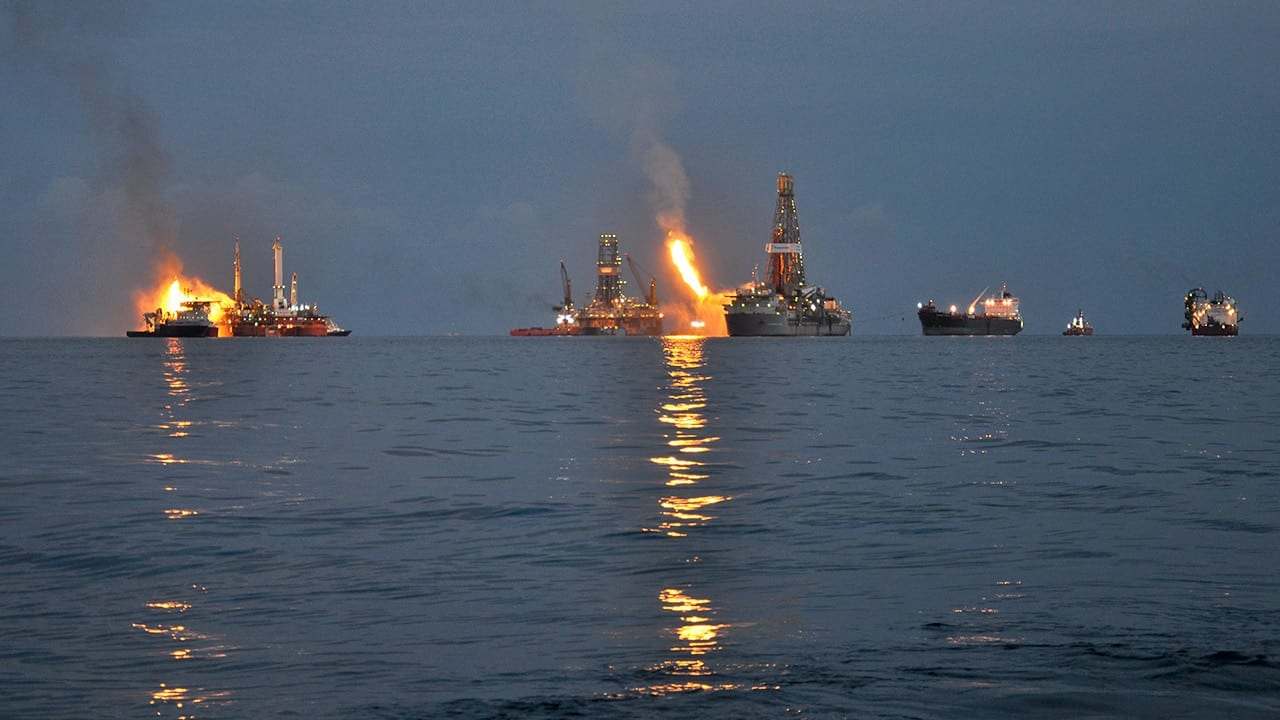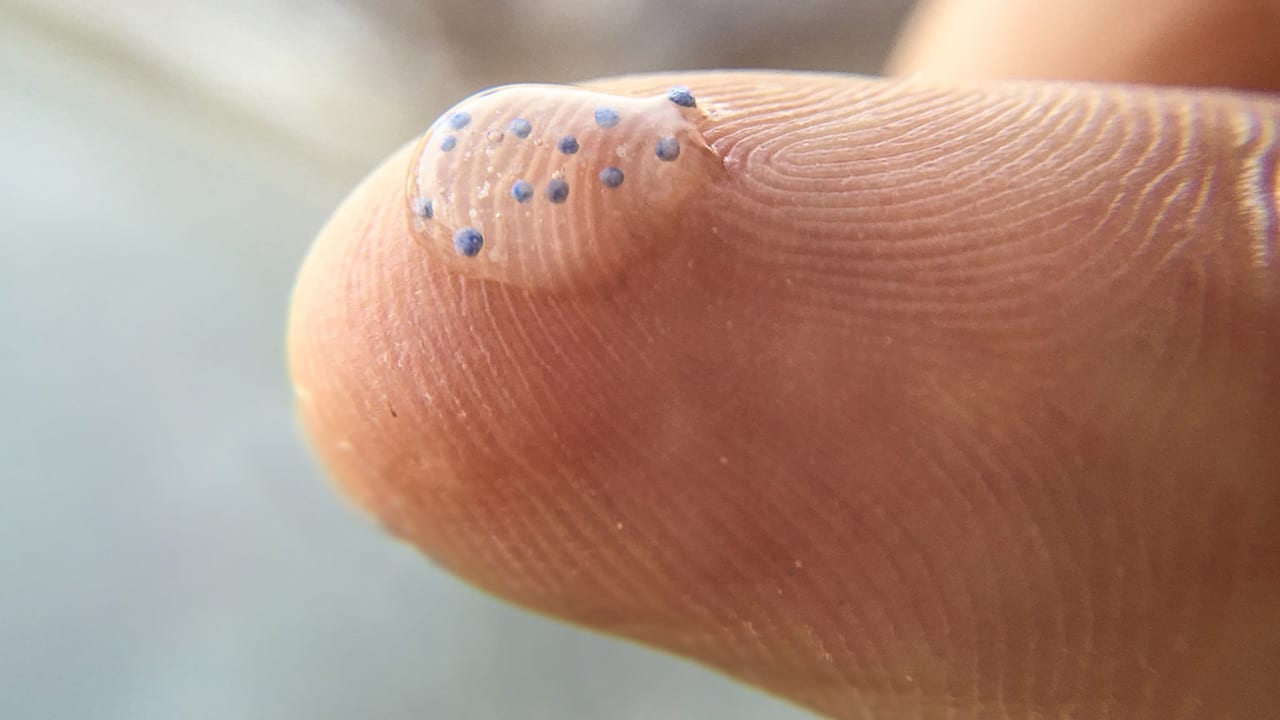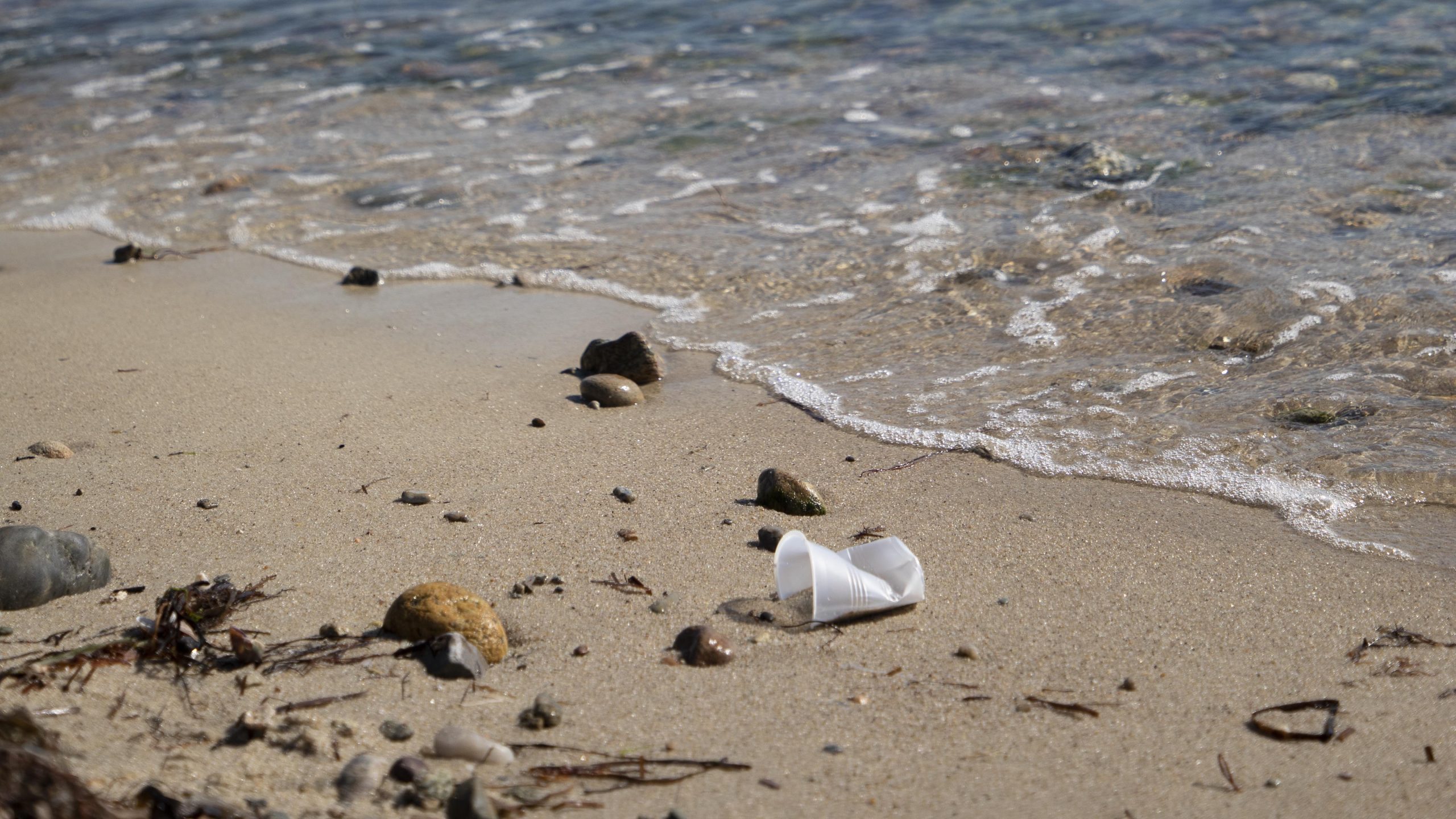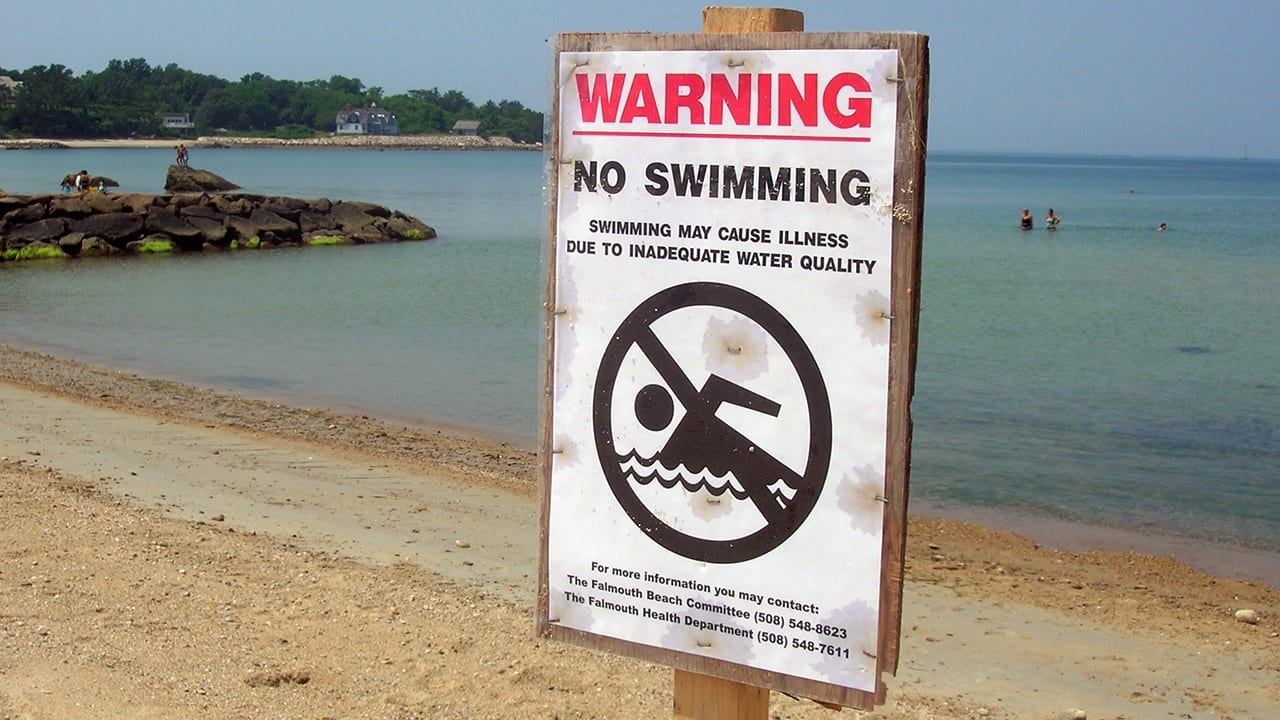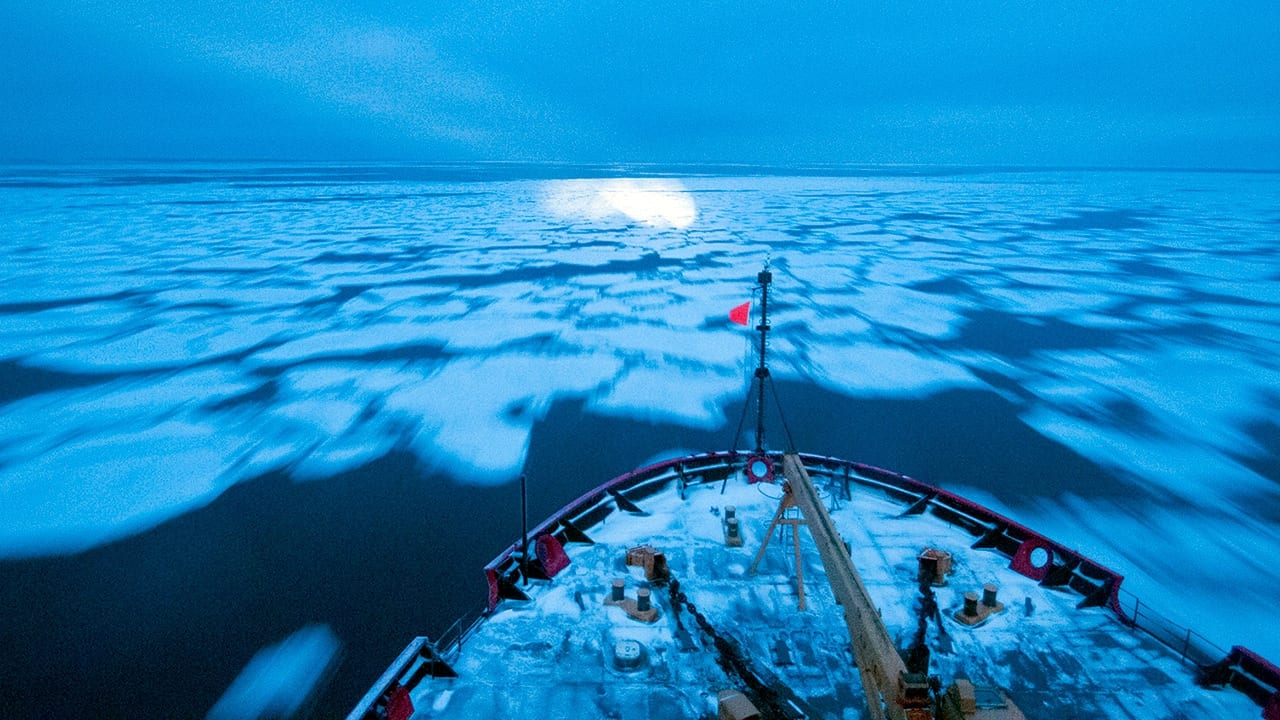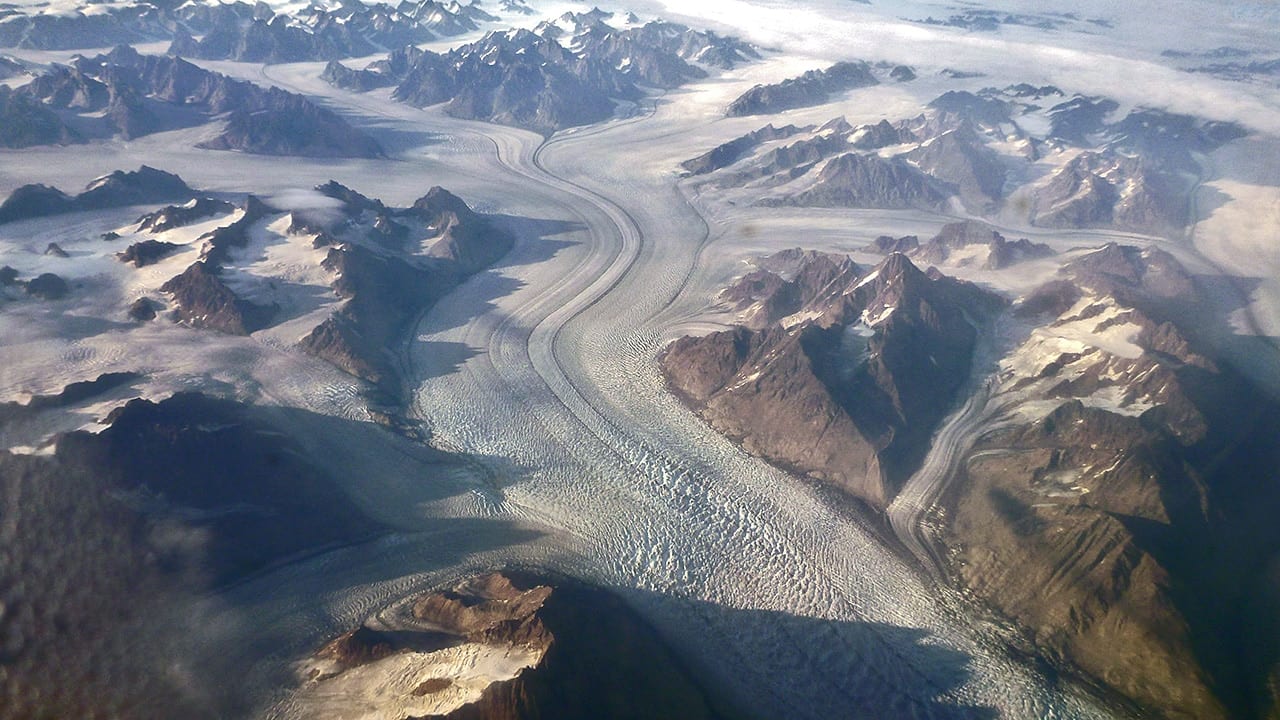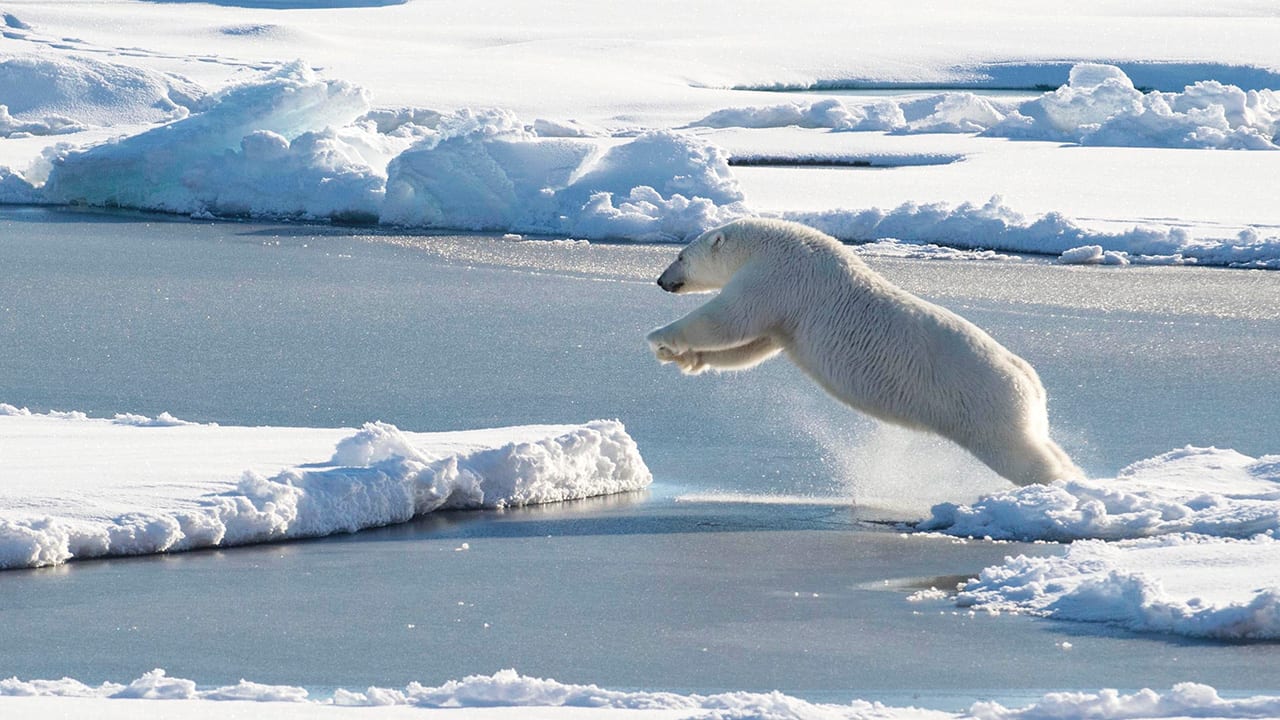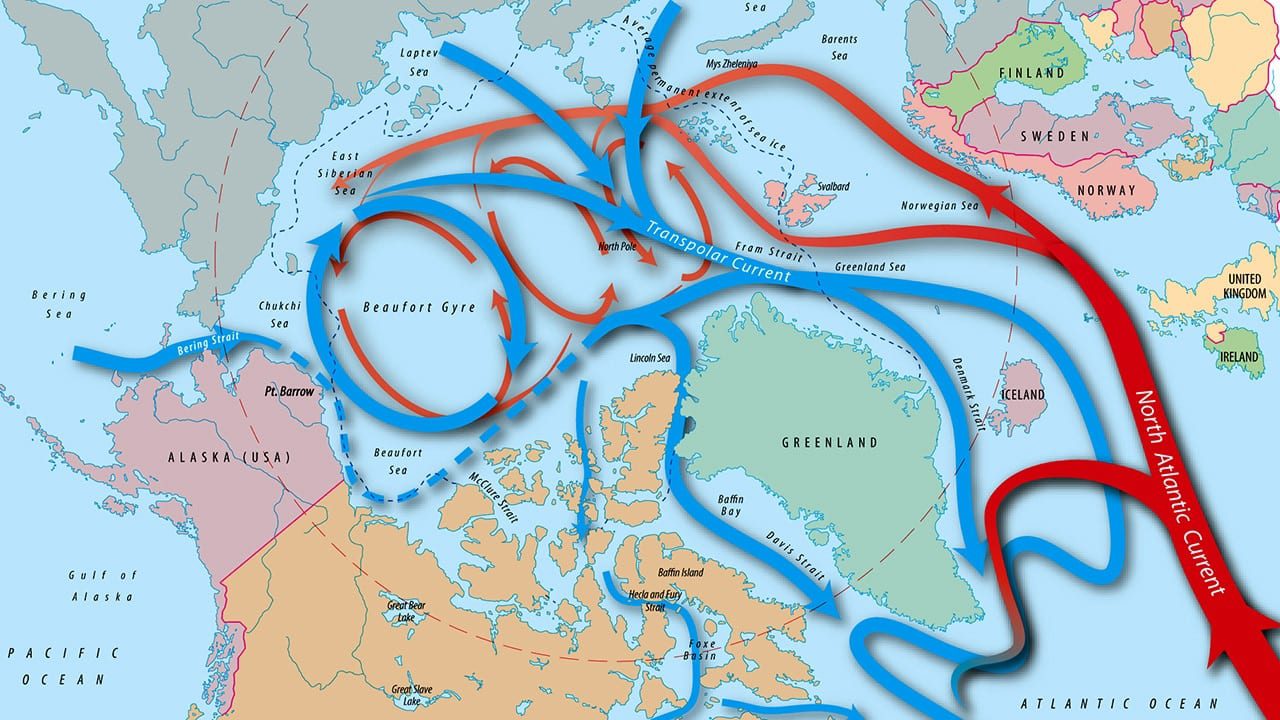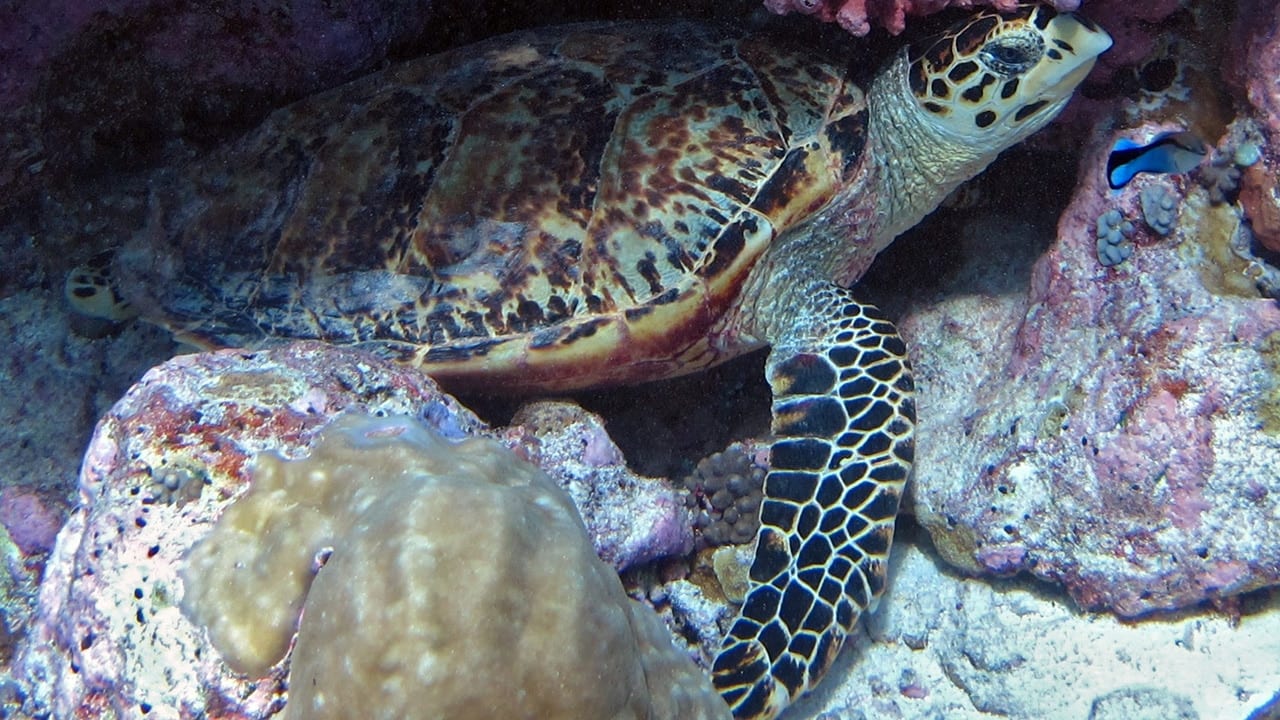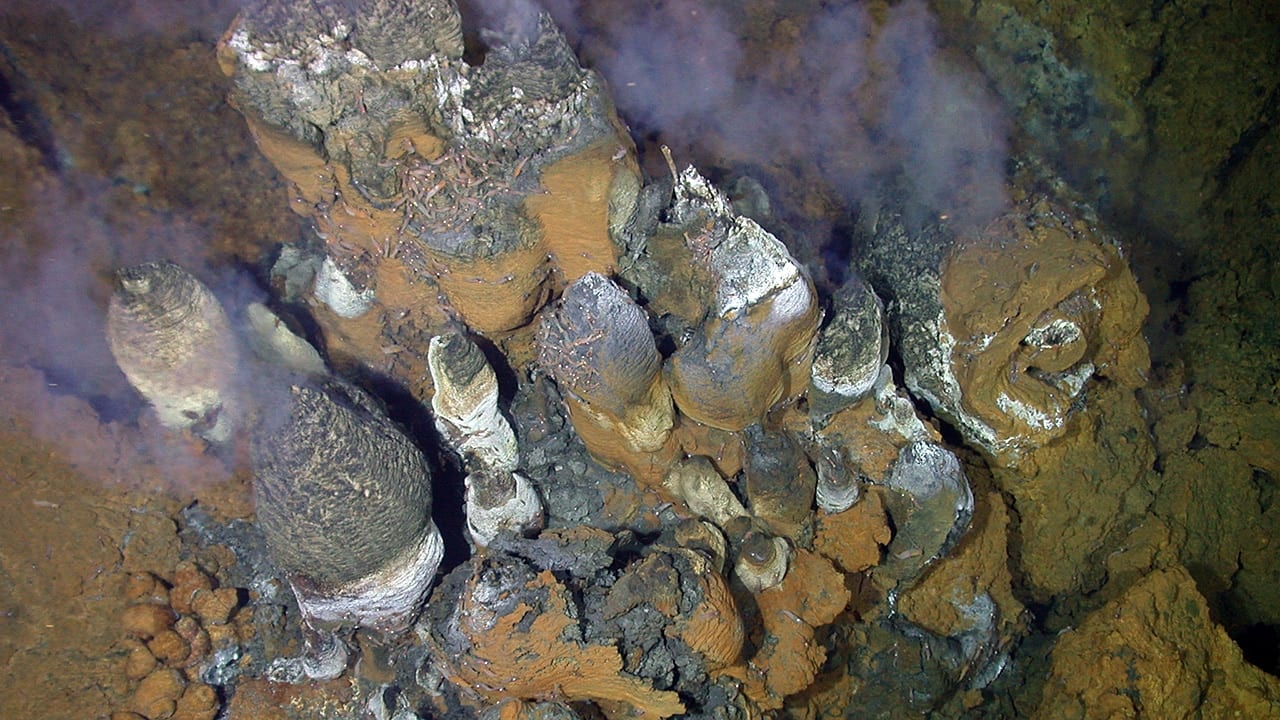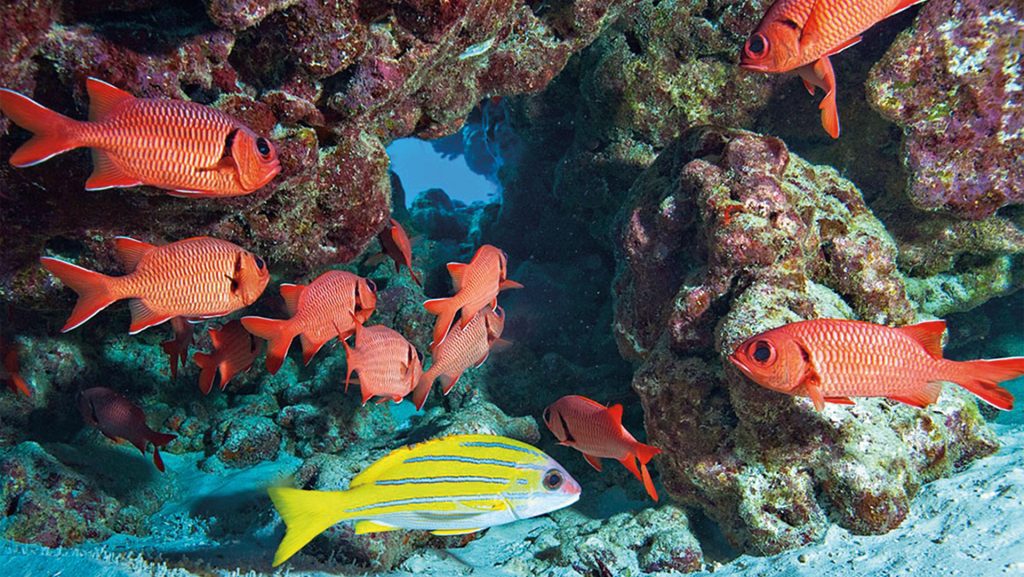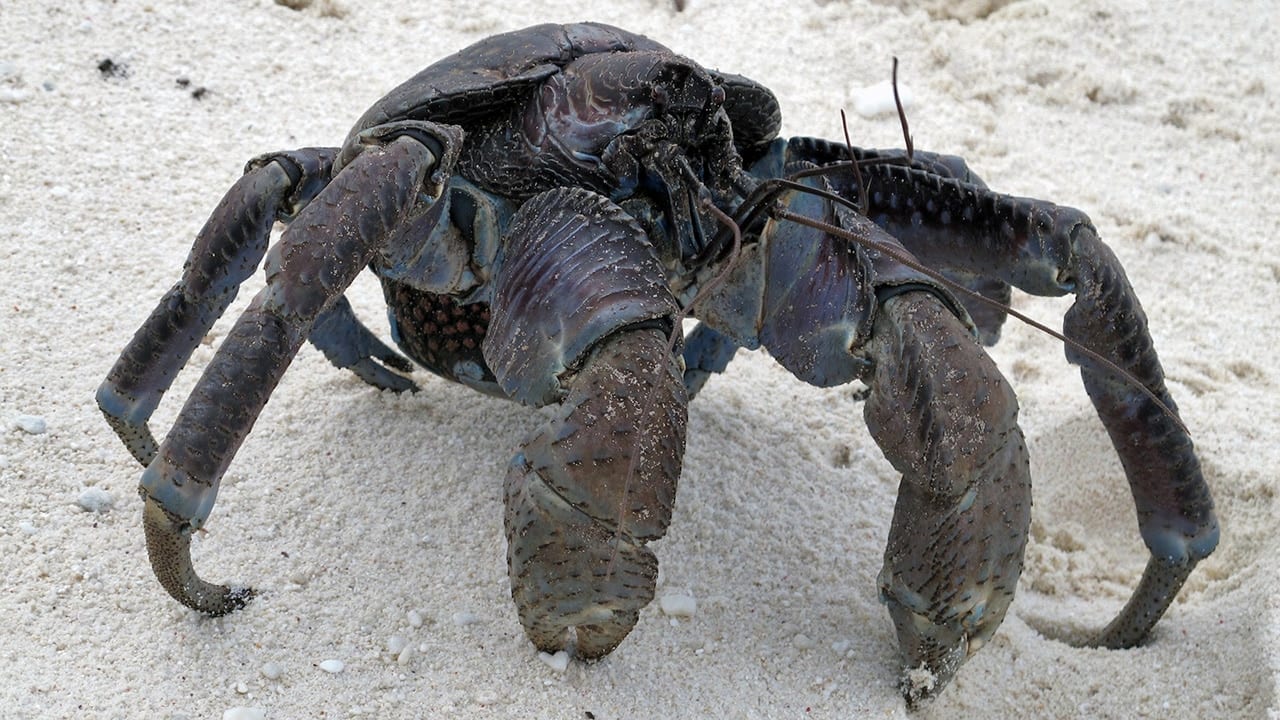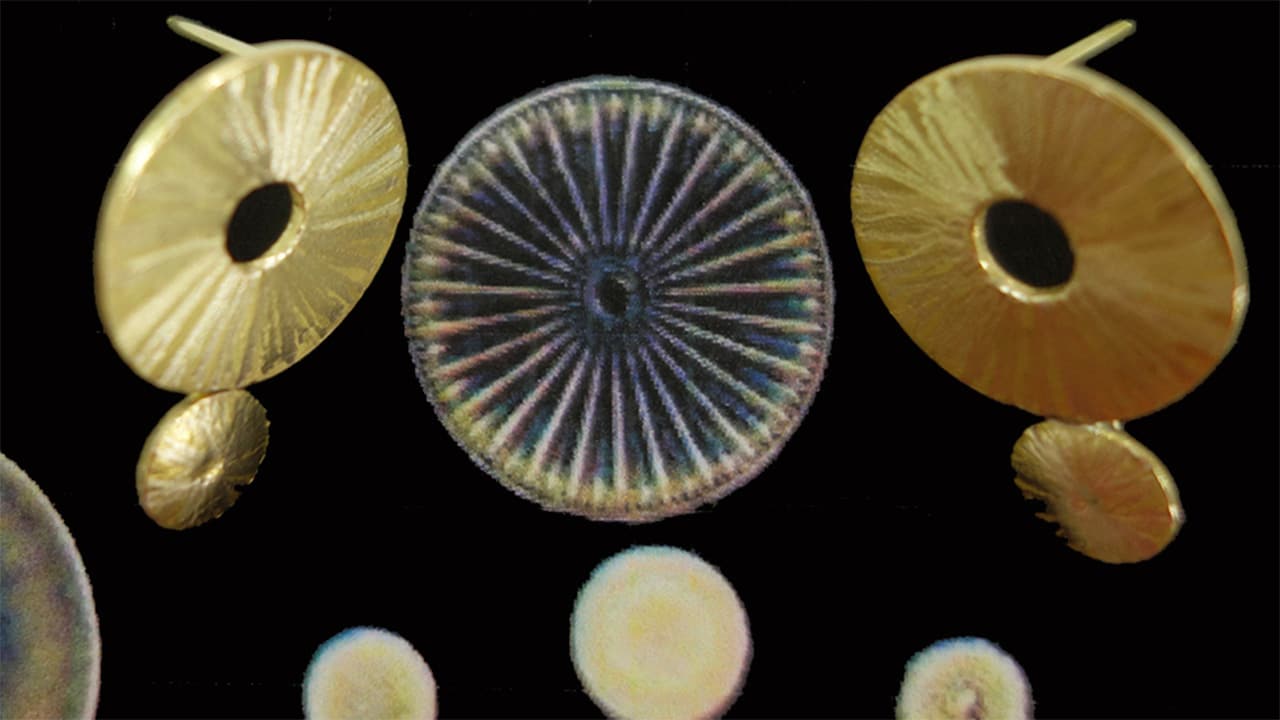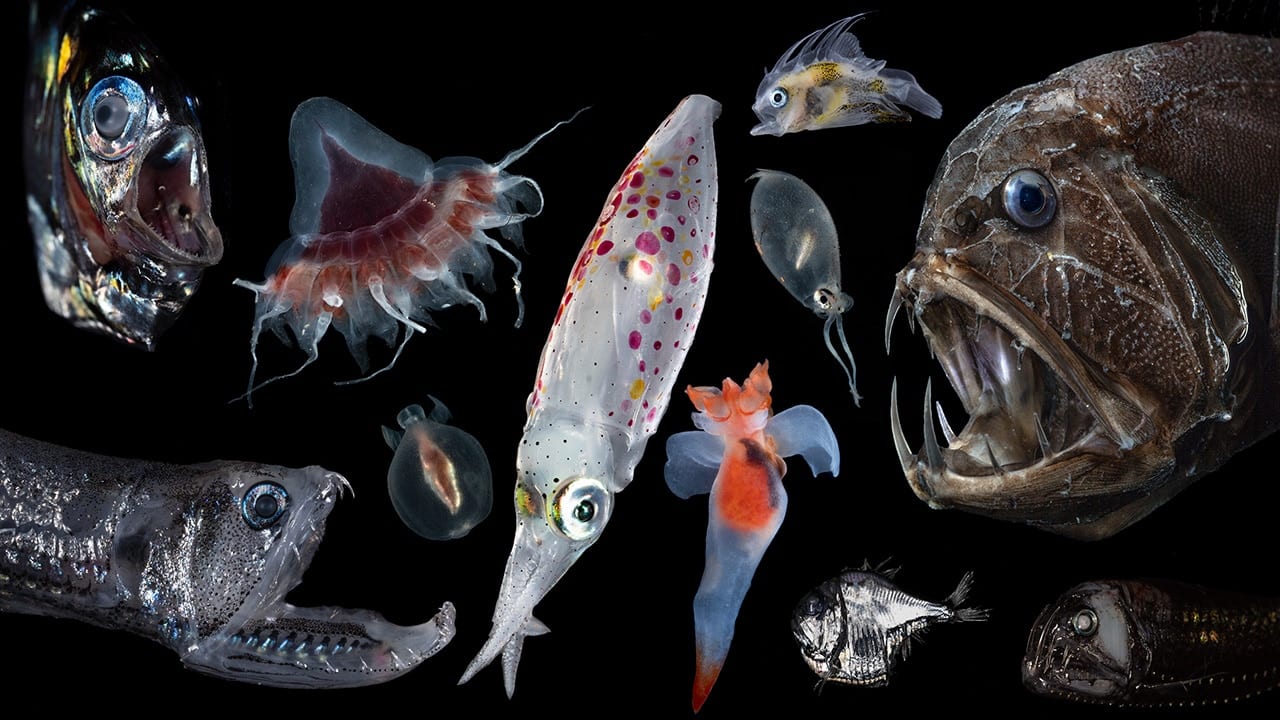Ocean Topic
Ocean Tech
Researchers use a variety of instruments and tools to sample and study the ocean.
Read MoreAcoustics
A strong understanding of how sound behaves in different conditions in the ocean helps scientists answer fundamental questions about the planet, the ocean, and marine life.
Read MoreImaging
Underwater imaging continues to advance in technology, allowing research to be conducted in the pressure-filled, extreme environments of the ocean.
Read MoreOcean Trenches
Ocean trenches are steep depressions exceeding 6,000 meters in depth, where old ocean crust from one tectonic plate is pushed beneath another plate.
Read MoreNatural Oil Seeps
As much as one half of the oil that enters the coastal environment comes from natural seeps of oil and natural gas.
Read MoreSeamounts
Mountains rising from the ocean seafloor that do not reach to the water's surface.
Read MoreMid-ocean Ridges
The mid-ocean ridge occurs along boundaries where plates are spreading apart.
Read MoreHydrothermal Vents
In 1977, scientists made a stunning discovery on the bottom of the Pacific Ocean: vents pouring hot, mineral-rich fluids from beneath the seafloor.
Read MoreFukushima Radiation
On March 11, 2011, a magnitude 9.0 earthquake 80 miles off the northeast coast of Japan triggered a series of tsunamis that struck nearby shorelines and the Fukushima Daiichi nuclear power plant.
Read MoreOil Spills
The systematic study of oil in the ocean is relatively new to science, but since the late 1960s it has grown to encompass almost every area of oceanography.
Read MoreMarine Microplastics
Marine microplastics are small fragments of plastic debris that are less than five millimeters long. Some microplastics, known as primary microplastics, are “micro by design
Read MorePollution
Substances used or spread by humans, such as oil, radiation, plastics, and agricultural and residential waste enter the ocean and cause harmful effects.
Read MoreBeach Closures
Hundreds of beaches nationwide are closed each year due to the presence of potentially harmful bacteria, viruses, and parasites in the water.
Read MoreSea Ice
Sea ice is frozen seawater floating on the surface of the ocean. Sea ice is formed entirely in the ocean, unlike icebergs, which originate from land-based sources like glaciers and ice sheets.
Read MoreGlaciers & Ice Sheets
Glaciers are large ice masses created by snowfall that has transformed into ice and compressed over the course of many years. An ice sheet is a mass of glacial land ice extending more than 20,000 square miles.
Read MorePolar Life
By human standards, they are extreme environments. Yet life not only persists in the poles…it thrives.
Read MoreArctic Ocean Circulation
The complex ocean circulation system in the Arctic — which impacts the entire food web — is in a delicate balance.
Read MoreMarine Protected Areas
Marine protected areas refers to any part of the ocean that receives some level of protection under law, protecting about one percent of the global ocean.
Read MoreSeafloor Mining
The ocean contains a complex combination of processes that sometimes result in commercially viable forms of a wide range of minerals.
Read MoreSustainable Ocean
The global ocean provides food, minerals, and other valuable resources for human use.
Read MoreAquaculture
Aquaculture is the farming in fresh and saltwater environments of aquatic animals or plants principally for food. Fish, mollusks, crustaceans, and kelp are a few examples.
Read MoreShellfish
An aquatic animal, such as a mollusk or crustacean, that has a shell or shell-like exoskeleton.
Read MorePhytoplankton
Phytoplankton are primary producers of the ocean—the organisms that form the base of the food chain. WHOI explores the microscopic, single-celled organisms.
Read MoreTwilight Zone
The ocean twilight zone is a layer of water that stretches around the globe. It lies 200 to 1,000 meters below the ocean surface, just beyond the reach of sunlight.
Read More
